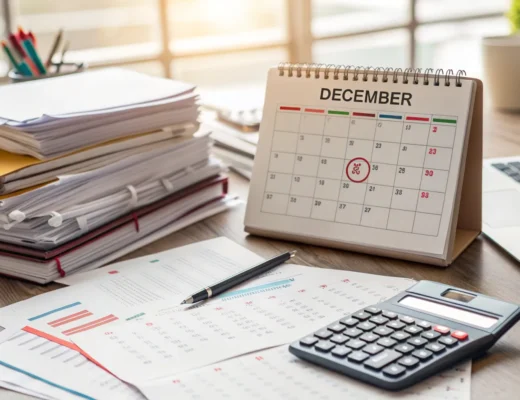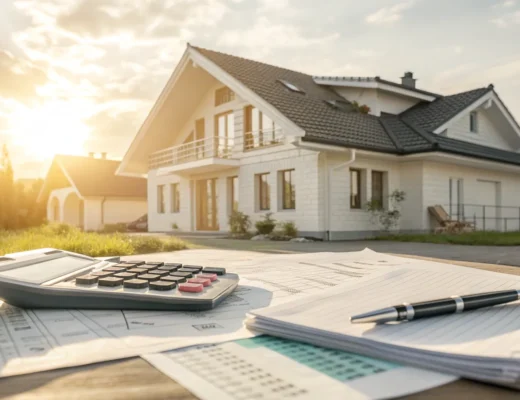The US economy’s strength relies heavily on consumer spending, which accounts for over two-thirds of the country’s GDP. However, recent shifts in consumer behavior have raised concerns about the sustainability of this spending and its potential impact on the economy. Despite a slowdown in hiring and a jump in the unemployment rate in July, consumer spending has remained relatively robust.
Wages continue to rise, albeit slower, and
job cuts are still low. Gregory Daco, chief economist at EY-Parthenon, notes that “there isn’t evidence of a retrenchment in consumer spending.”
The strength of consumer spending helped power greater-than-expected economic growth in the spring. However, this could change if the labor market’s slowdown accelerates.
Lower-income consumers already feel the pinch of higher prices and elevated
interest rates, weighing on their finances. Credit card delinquencies are on the rise, and pandemic-era savings are diminishing.
Shifts in consumer behavior signs
In June, Americans saved less after-tax income than the previous year. Corporate executives acknowledge that customers are no longer spending as freely as they used to and are bracing themselves for the slide to continue. Disney, for example, cited a “moderation of consumer demand” that “exceeded our previous expectations” at its theme parks, which are key to its profitability.
Hugh F. Johnston, Disney’s chief financial officer, told analysts that “the lower-income consumer is feeling a bit of stress,” with less to spend on amusements. Retailers are also observing changes in consumer spending, and a clearer picture will emerge in the coming weeks when many, including Walmart, Target, and Macy’s,
report their most recent quarterly earnings.
While consumer spending has been the driving force behind the economic recovery from the pandemic shock, the current cautiousness among buyers suggests potential risks ahead. This evolving trend in consumer behavior is critical to monitor, as sustained spending is key to avoiding an economic recession.







